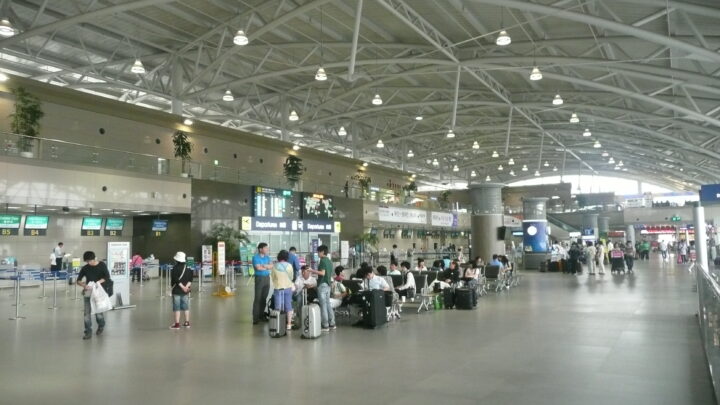
Chinese outbound tourism slows down but there’s no need to panic says research institute COTRI
[vc_row][vc_column][vc_column_text]Chinese outbound tourism growth slowed down by 3% in the first half of 2016, but there’s no need to panic says China Outbound Tourism Research Institute (COTRI), the world’s leading organisation for consulting, training, research and other services related to the Chinese outbound tourism market.
COTRI is a privately organised and independent institute established in 2004 that partners with prominent tourism organisations such as UNWTO, WTTC, ETC, ETOA, PATA and CTA. Recently, the institute was appointed as Knowledge Partner by the World Travel and Tourism Council (WTTC).
COTRI began publishing its own figures for quarterly border-crossings from Mainland China with a First Quarter analysis for 2016. According to the institute’s figures, 30.2 million Chinese outbound trips were made in this quarter.
According to the institute’s research, 64 million border-crossings were made from Mainland China during the first half of 2016 depicting a growth rate of only 3.4% compared with the figure for the first half of 2015.
Compared with the highly positive growth rates recorded for outbound Chinese tourism during the last ten years or so, this figure seems alarming. However, founder and director of COTRI Dr. Wolfgang Georg Arlt says there’s a missing story hidden behind these numbers.
“At first sight a growth rate of 3% seems very dramatic, especially after all the double-digit growth rates witnessed during the last decade. However, a closer look reveals that it is mainly the dramatic reduction of the number of Mainland Chinese from Guangdong visiting Hong Kong which has led to this slowdown,” he said while presenting the new data at the ITSA conference in Greenwich last August.
In other words, the downturn is confined to Greater China (Hong Kong, Macau, Taiwan) while the growth is still positive for the rest of the world. Greater China saw 7% fewer visits from Mainland China in the January-June 2016 period while the rest of the world enjoyed a healthy 16% increase with Asian destinations such as Thailand, South Korea and Japan witnessing the highest numbers of additional arrivals.
For the first half of 2016, Greater China recorded 32.3 million arrivals from Mainland China, while 31.7 million was recorded for the rest of the world. However, the second quarter of 2016 was the first time that less than half of all outbound trips were made within Greater China, with 15.8 million arrivals to Hong Kong, Macau and Taiwan, but 18 million arrivals seen in the rest of the world.
According to the institute’s website, COTRI expects 2016 to be the first year which sees the market share of Greater China dropping below the 50% level. COTRI also does not expect a decrease in Chinese outbound travel to the rest of the world in the upcoming months. According to Dr.Arlt, even though anxieties exist due to various security concerns in a number of European countries as well as Thailand, COTRI’s research suggests that Chinese travellers would simply shift away from places considered unsafe to supposedly safer, alternative destinations.
China is the biggest source market for Maldives tourism, and the latest tourism data published by the Maldives Ministry of Tourism indicates that Chinese arrivals have declined by 11.6% for the January to July period of 2016 compared to the same period last year.[/vc_column_text][/vc_column][/vc_row]






